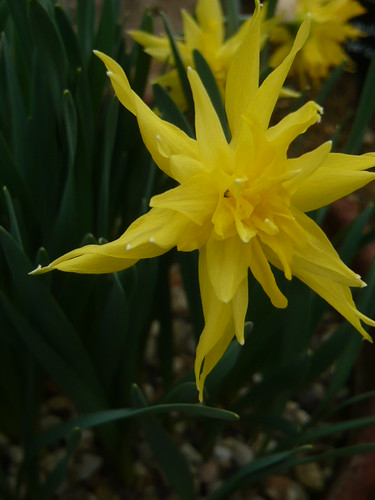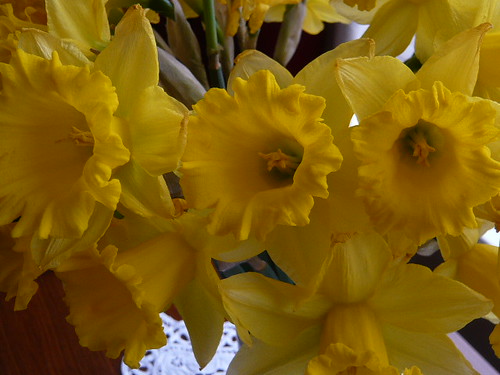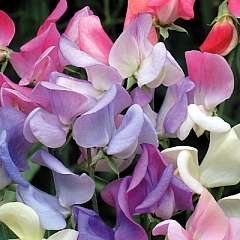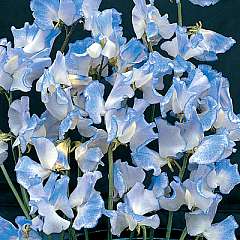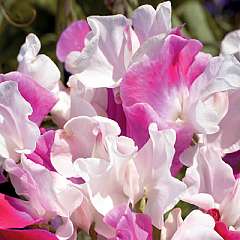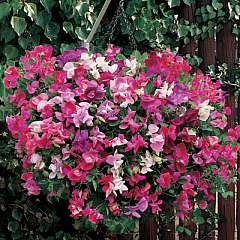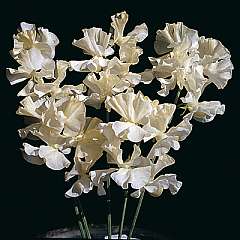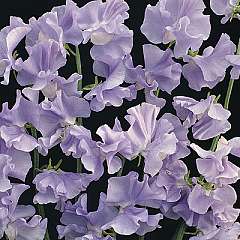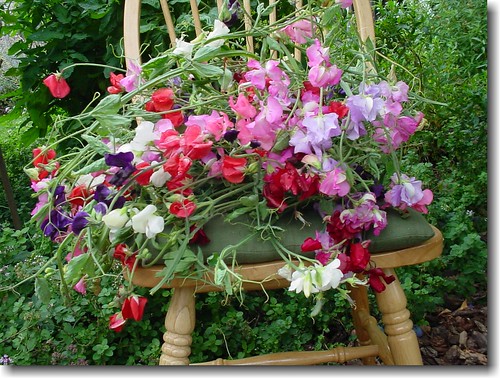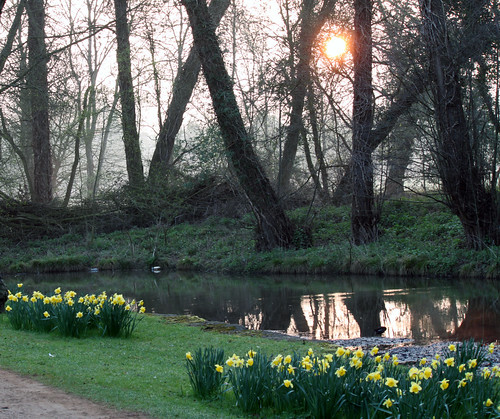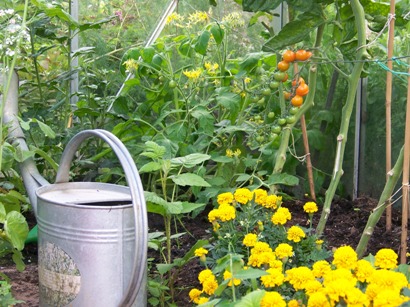Tips for Growing Easy Sunflowers
Sunflowers can be excellent fun to grow. Given the right conditions they can grow quickly and provide excellent height and flower in late autumn.
Sunflowers are considered easy to grow and are often considered to be a good plant for children. (see: Growing sunflowers with children) However, to get the best out of sunflowers requires a few careful points.
Grow as a Fence. Sunflowers can make an excellent impromptu screen for late summer. The height can divide a garden creating a natural sense of rooms. – something top garden designers often go for.
- H. ‘Pastiche’: available in mixed shades of reds, and yellows. The flowers appear on multi-stemmed plants that make an effective multicoloured fence in late summer – from 1.2m to 1.5m (4ft to 5ft) high.

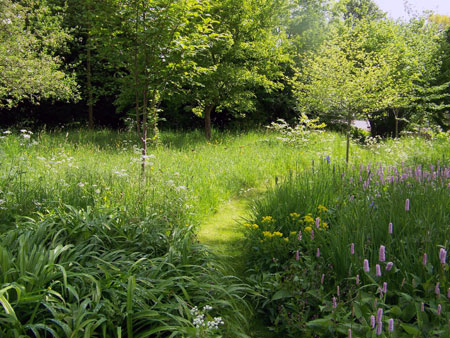

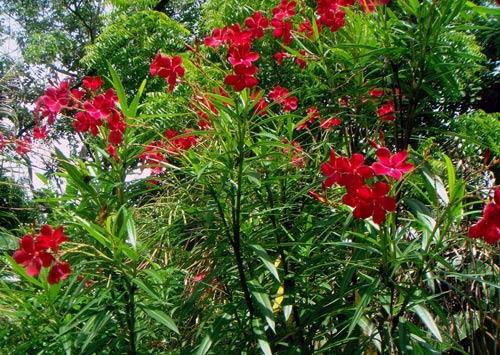
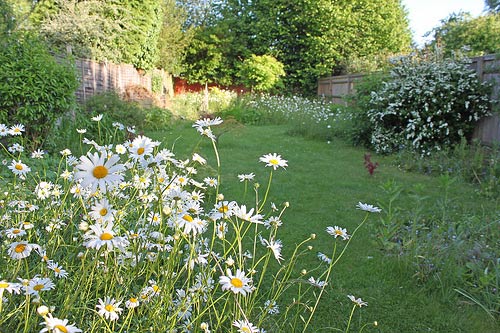







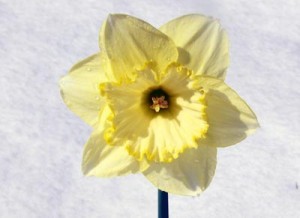 It is still not too late to get snow says the eternal pessimistic gardener
It is still not too late to get snow says the eternal pessimistic gardener